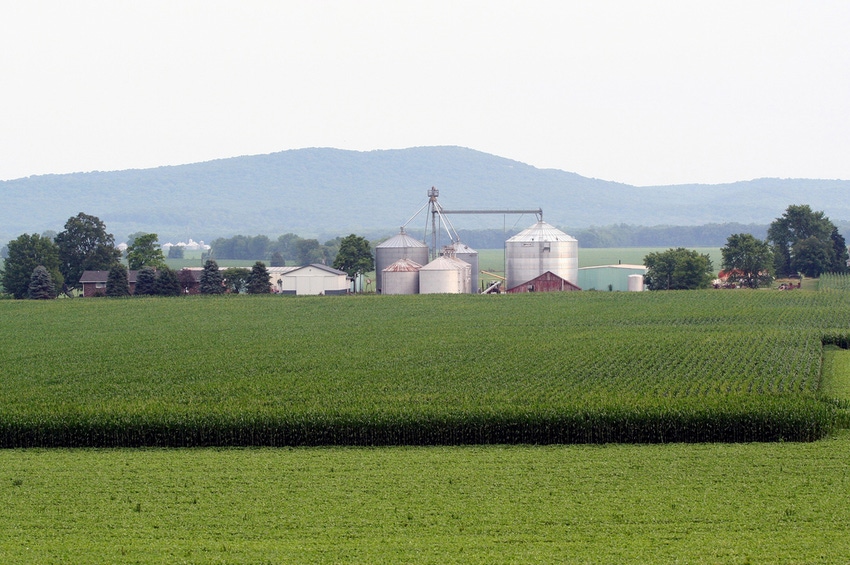
Virginia’s grain storage capacity levels have been fairly consistent over time and on-farm storage capacity is approximately 61 percent of total storage capacity.The number of commercial facilities decreased considerably since 1988, but this decline has slowed in recent years.In comparison to other states, Virginia’s storage capacity is relatively low, which may present opportunities for expansion.
May 8, 2014

Corn and soybean dominate Virginia’s grain production, followed by wheat and barley. A Virginia Tech study analyzed the current market for grain production and storage in Virginia and its future opportunities for expansion.
According to the Virginia Tech ag economists who conducted the study “Grain and Soybean Production and Storage in Virginia: A Summary and Spatial Examination,” much of Virginia’s grain production, which for the study included soybean, comes from the Shenandoah Valley, Northern Neck, Middle Peninsula, Tidewater region and Eastern Shore.
Overall, Virginia’s grain growers produced a record high 86 million bushels in 2011 and generated an average of 73.7 million bushels between 2008 and 2012, totaling a half a billion bushels over the time period.
Virginia’s grain storage capacity levels have been fairly consistent over time and on-farm storage capacity is approximately 61 percent of total storage capacity.
The number of commercial facilities decreased considerably since 1988, but this decline has slowed in recent years. Overall, in comparison to other states, Virginia’s storage capacity is relatively low, which may present opportunities for expansion.
Combining the production and storage data reveals that capacity has been more challenged in recent years than in the past when storage consistently met grain output levels. This information is important because it implies that if Virginia grain production increases substantially, storage may also need to increase to facilitate its distribution at the desired time. The majority of this increase might come from farms if on-farm storage levels remain around 60 percent of total capacity.
In the event of increasing grain production and subsequent storage shortages, a series of questions would need to be addressed concerning the financing of future storage construction, the location of future storage facilities, the type of future capacity (on-farm versus commercial), the creation of economic incentives conducive to the expansion of storage capacity, and an aging farming population that may be unwilling to invest in new storage facilities. Private enterprises, state and local governments, producer associations, industry boards, cooperatives, and farmers should be actively involved and have a role in these decisions.
Take a closer look at “Grain and Soybean Production and Storage in Virginia: A Summary and Spatial Examination.”
Want access to the very latest in agriculture news each day? Subscribe to Southeast Farm Press Daily. It’s free!
About the Author(s)
You May Also Like





